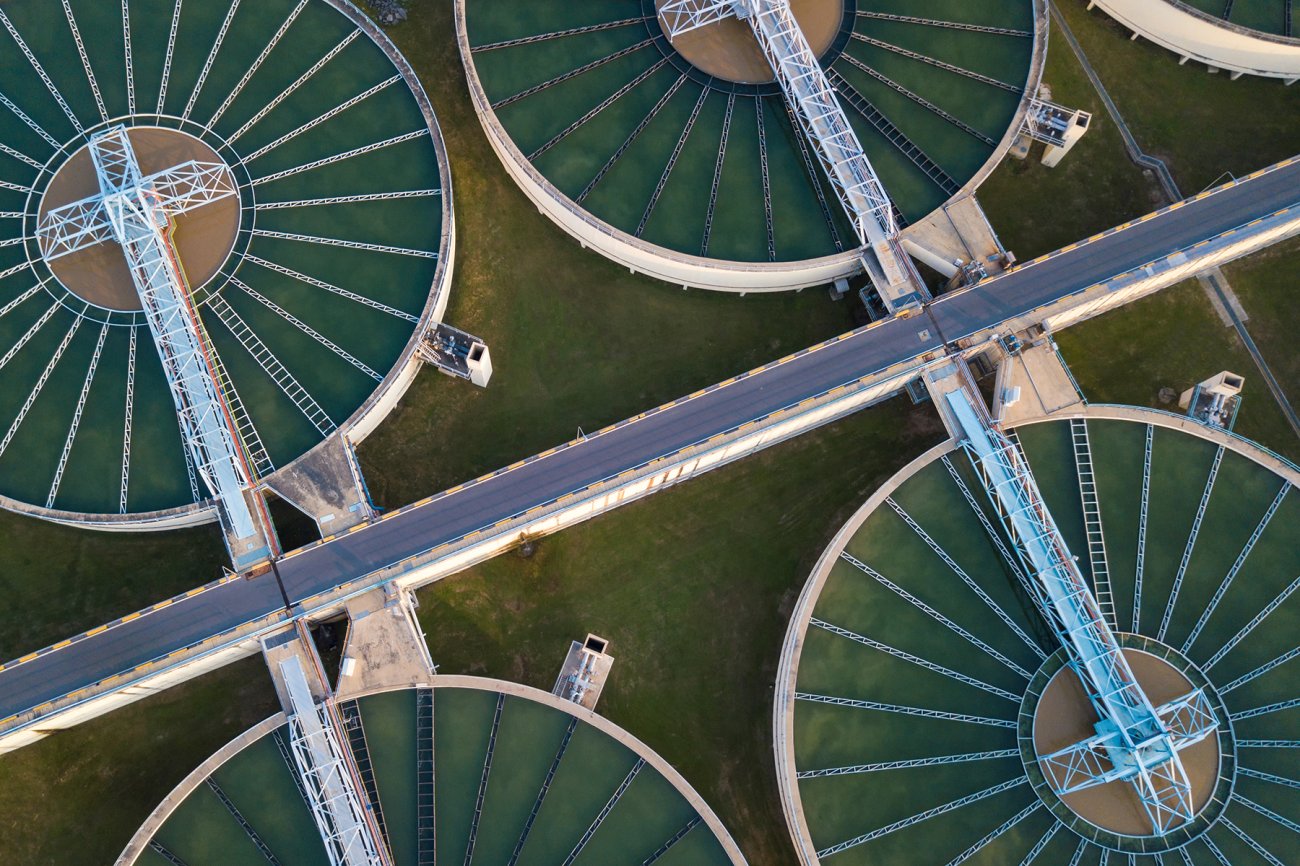The Best Guide To Reclaim Waste
The Best Guide To Reclaim Waste
Blog Article
The Single Strategy To Use For Reclaim Waste
Table of ContentsSome Known Questions About Reclaim Waste.The smart Trick of Reclaim Waste That Nobody is Talking About7 Simple Techniques For Reclaim WasteOur Reclaim Waste PDFsSome Of Reclaim Waste
Explore the types, occurrences, and kinds of liquid waste. Residential sewer waste describes the waste and products from a household septic system. This sort of waste is developed by people in homes, schools, and various other structures. This only includes sewage-disposal tanks that have a drain field. The proper monitoring and disposal of domestic sewer waste require fluid waste to be moved to a sewer therapy plant where the appropriate approaches and devices are applied to cleanse and throw away waste.
Commercial waste often consists of prospective dangers, such as flammable materials or a combination of fluid and strong waste products, and calls for an advanced and detailed disposal process. The disposal of commercial waste generally entails the purification of waste prior to transportation to guarantee secure and proper disposal. Hazardous waste is created from byproducts and runoff of industrial procedures and production.
This sort of waste can not use the same sewer management transportation or processes as septic or business fluids. The hazardous waste management procedure needs the inspection and screening of liquid waste prior to it undergoes the disposal process (liquid waste disposal melbourne). Runoff waste is the liquid waste that originates from drainage and excess stormwater in very booming locations or cities
Runoff waste can trigger contamination and flooding otherwise handled appropriately. Find out much more about sewer cleaning and waste administration. Ensuring appropriate waste monitoring can stop disasters and minimize environmental damage. Both people in property setups and experts in business or manufacturing markets can profit from understanding the procedures and regulations of fluid waste monitoring.
A Biased View of Reclaim Waste
Call PROS Providers today to learn more about our waste monitoring and disposal services and the proper methods to take care of the liquid waste you produce.
(https://allmyfaves.com/reclaimwaste1?tab=Reclaim%20Waste)Do you understand what occurs to your water when you pull the plug, flush the bathroom or drain pipes the cleaning maker? No? Well, it's worth knowing. This supposed 'wastewater' is not just a vital resource however, after therapy, will be released to our land, rivers or the ocean. Utilized water from commodes, showers, baths, kitchen area sinks, laundries and commercial procedures is known as wastewater.

water used to cool down machinery or tidy plant and devices). Stormwater, a type of wastewater, is drainage that streams from agricultural and metropolitan areas such as roofs, parks, gardens, roadways, courses and gutters right into stormwater drains pipes, after rainfall. Stormwater flows untreated straight to regional creeks or rivers, ultimately reaching the ocean.
The Basic Principles Of Reclaim Waste
In Queensland, a lot of wastewater is treated at sewer treatment plants. Wastewater is moved from residential or industrial websites with a system of sewage systems and pump stations, known as sewage reticulation, to a sewage treatment plant.
The Division of Natural Resources advises local governments about handling, operating and maintaining sewage systems and therapy plants. In unsewered areas, neighborhood federal governments may call for homeowners to mount individual or family sewage therapy systems to treat domestic wastewater from commodes, cooking areas, washrooms and laundries. The Department of Natural Resources authorizes making use of family systems when they are proven to be efficient.
In some brand-new communities, treatment of some stormwater to remove clutter, sand and gravel has actually started making use of gross pollutant traps. Wastewater treatment takes place in four stages: Eliminates strong issue.
Wastewater after that moves into large containers where solids work out and are eliminated as sludge. Oil and residue are skimmed from the surface area. Makes use of tiny living organisms knows as micro-organisms to damage down and get rid of remaining dissolved wastes and fine particles. Micro-organisms and wastes are integrated in the sludge. Eliminates nitrogen and phosphorus nutrients that could cause algal blooms in our rivers and intimidate aquatic life.
How Reclaim Waste can Save You Time, Stress, and Money.
Nutrient elimination is not readily available at all sewage treatment plants because it calls for pricey specialist tools. Clear fluid effluent generated after therapy might still include disease-causing micro-organisms - liquid waste removal melbourne.

A lot of wastewater streams right into the sewerage system. Under the Act, local federal governments administer approvals and licences for environmentally appropriate tasks (ERAs) including wastewater launches that could have a local effect.
The Of Reclaim Waste
Monitoring provides valid details concerning water top quality and can confirm that licence problems are being satisfied. The details gotten through surveillance gives the basis for making water top quality decisions.
Report this page